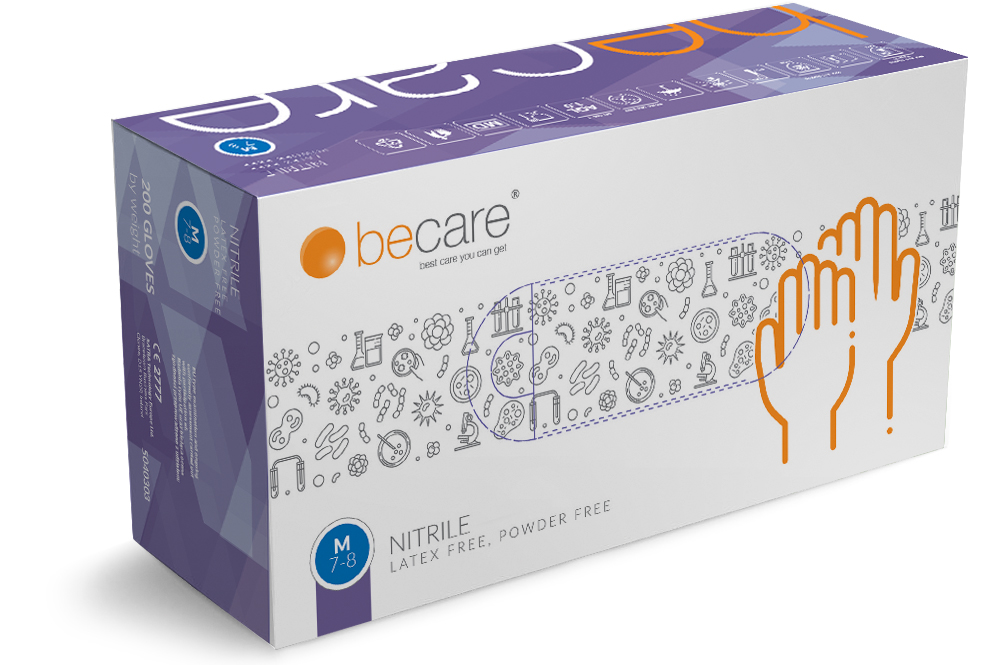
Diagnostic Gloves
Diagnostic and protective gloves, including medical gloves and disposable gloves, are among the most frequently used medical products and one of the key personal protective equipment for medical staff. Medical gloves, including disposable gloves, are a crucial component of equipment in doctor’s offices, laboratories, and medical facilities. Their primary function is to prevent the transmission of pathogens (bacteria, fungi, and viruses) between patients and healthcare workers and to protect against infections and hazardous substances. Medical products such as gloves are essential for ensuring safety and protection in medical environments. They also play an important role in protecting against contact with aggressive and/or toxic chemical substances and hazardous drugs. Diagnostic gloves are a necessary piece of equipment in hospitals, clinics, diagnostic laboratories, and other medical facilities.
Medical and protective gloves are made from various materials. The most commonly used material is nitrile, but latex and vinyl gloves are also available on the market. Each of these materials has specific properties that affect their chemical resistance, flexibility, and durability. Nitrile gloves are the most resistant to chemical and drug penetration and do not cause immediate allergies typical of latex gloves. Latex gloves are valued for their high elasticity and wearing comfort but may cause allergic reactions in some individuals. Therefore, for people with latex allergies, nitrile or vinyl gloves are recommended. Vinyl gloves are an alternative for those allergic to latex, offering flexibility and resistance to mechanical damage. Gloves are available in various sizes, which is important for ensuring a comfortable fit and effective protection. It is also important that the gloves are resistant to mechanical damage, ensuring their durability and protection against punctures and other mechanical injuries. Latex gloves made from natural latex are flexible, durable, and provide a good grip but can cause allergic reactions.
Diagnostic gloves are used in a wide range of medical procedures, from simple nursing tasks to more complex medical procedures. They are also used in laboratories for handling biological samples and in pharmacies during medication preparation. Powdered gloves are particularly recommended for use on moist hands after disinfection, but it is important to note the increased risk of allergic reactions. Gloves are available in various sizes and made from high-quality materials such as nitrile, latex, and vinyl. Latex gloves are valued for their flexibility and comfort but can cause allergies. Nitrile gloves are resistant to mechanical damage and provide a high level of protection against bacteria and viruses. Vinyl gloves are an alternative for those allergic to latex, offering flexibility and resistance to mechanical damage. Gloves made from different materials, such as nitrile, latex, and vinyl, have their specific properties and applications. Diagnostic gloves with textured fingertip surfaces provide a better grip and are effective in protecting both staff and patients.

 Polski
Polski